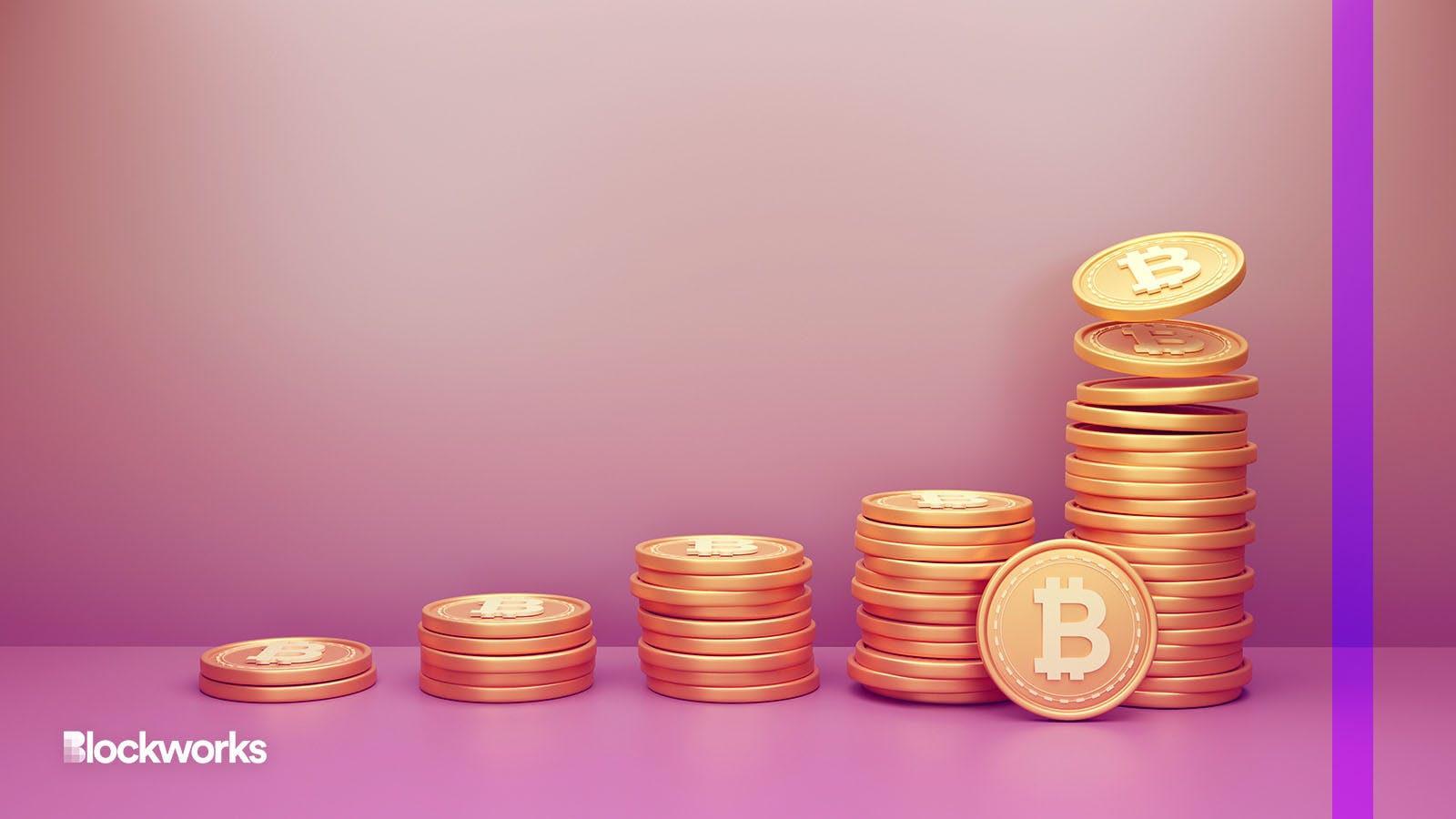Bitcoin lenders have a new regulation-friendly option for yield
Blockworks exclusive: Credora teams up with Polkadot staking provider Acala to launch a BTC yield product with a focus on transparency and compliance

22 Tree House/Shutterstock, modified by Blockworks
Bringing DeFi yields to institutional investors has long been a goal of the crypto industry. Connecting off-chain capital to crypto asset staking brings legal and technical challenges at every step.
Institutional credit infrastructure provider Credora and Polkadot DeFi hub Acala believe they’ve found a path to bridge the gap, starting with a product to bring yield opportunities to bitcoin holders.
Working with Swiss-based market-making firm Portofino Technologies, the initial offering — announced Thursday — targets family offices, credit firms and hedge funds, and expects to return 7%-10% annually.
Past efforts to offer yield to bitcoin (BTC) lenders have not always fared well, with firms such as Celsius proving to be opaque, fragile and ultimately dangerous places for customers to store BTC.
Credora has devised a legal and technical structure that gives lenders much greater security and transparency, according to co-founder Darshan Vaidya.
“On Acala’s side, it’s transparency around core yield generation, and on [Credora’s] side, it is around transparency with regards to where exactly funds are at any moment in time, and transparency around the legal structure associated with the loan,” Vaidya told Blockworks.
Their first product is a Special Purpose Vehicle (SPV) which generates yield from staking Polkadot’s native currency, DOT.
It works like this: Starting with loaned bitcoin, Portofino exchanges a portion for DOT which is staked with Acala, while hedging price risk using derivatives markets on Bitmex, Bybit or Deribit. Polkadot staking yields fall in the 15%-21% range, Acala’s co-founder Bette Chen told Blockworks.
“For a liquid staking protocol like Acala we aim for, like, a sweet spot — you aim for optimized yield, but at same time [to be] safe for the stakers out there,” she said. Acala uses a variety of dedicated validators including Coinbase Cloud, which provides “slashing protection” — think insurance — for its service.
The trading firm managing the SPV is required to provide its own capital into it as a junior tranche, while bitcoin lenders are senior to it, so their assets are secured by the entire cache of funds.
“What we’ve created is secured lending vehicles which are, by design, bankruptcy remote, so each SPV is legally only able to do a specific activity,” Vaidya explained.
The “first loss” capital provided by the market maker means “their incentives [are] aligned, such that the trading firm is always incentivized to ensure that the senior tranches paid back first,” he said.
In other words, the strategist has “skin in the game,” to use the southern derby race phrase popularized by Warren Buffet. If they don’t deliver on their monthly yield projections, they lose out on their own profits.
Credora provides real-time monitoring for lenders, which Vaidya said will allow them to track the movement of capital — both on-chain and off — in real-time.
He calls it the “anti-principal-lender approach” — referring to the lending platforms that ran into trouble in 2022, where “there is no transparency in terms of what the principal lender is doing.”
“It’s in their incentive to offer higher and higher yields to try and capture as much AUM or TVL as possible, and to continually meet that demand — and still make a profit — you have to go further and further out the risk curve,” Vaidya said.
That’s a flawed model, and the antithesis of DeFi ideals.
The current product offering can be seen as a proof-of-concept, but similar SPVs can be spun up in the future with different strategies or input capital — such as stablecoins.
Once the model is proven out, and perhaps with additional regulatory clarity, Acala’s Chen said, “the next step is now institutions, including potentially fintechs, [to] actually wrap those products and localize them into their retail customers.”
Get the news in your inbox. Explore Blockworks newsletters:
- The Breakdown: Decoding crypto and the markets. Daily.
- 0xResearch: Alpha in your inbox. Think like an analyst.






